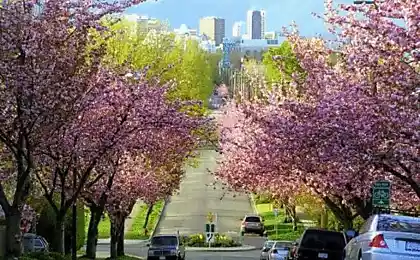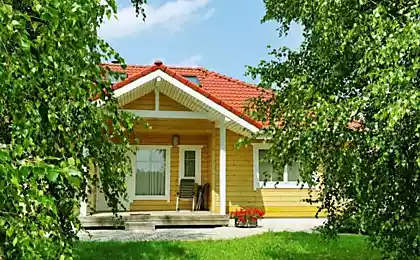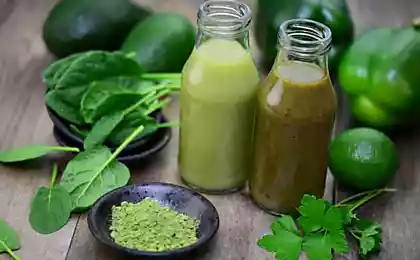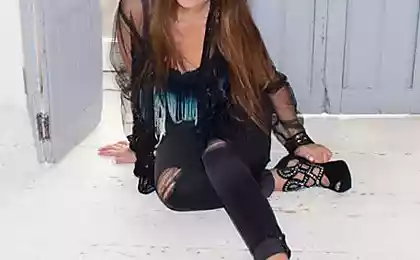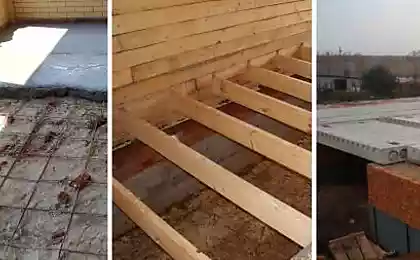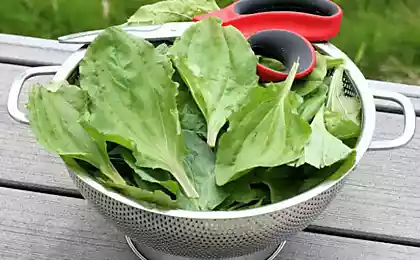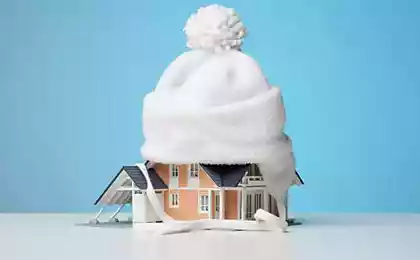454
Greening gray asphalt
The relationship of citizens and green spaces all relate to the military action. Superior forces people wherever possible, erect gray concrete boxes of buildings and punch channel black asphalt "rivers" — streets. Green nature doesn't give up. Here and there through the concrete slab and cracks to the sun there are green shoots, as a symbol of hope for better times.
Perhaps they will come sooner or later. Citizens are not such bad people, they love plants and are willing to give them a chance for survival. We prefer to live in cities because it's more convenient. But almost all of us are drawn to nature, the wide expanses of fields, in the impenetrable thickets of the forests, on the banks of rivers, lakes and seas.
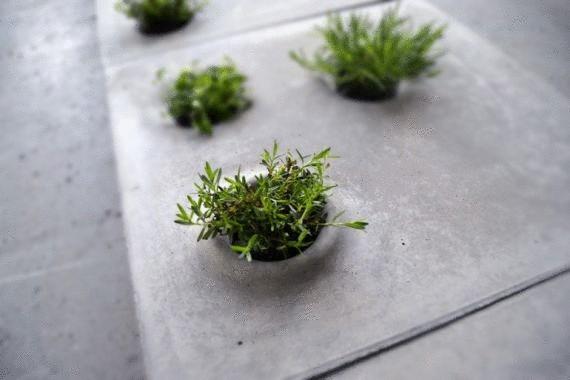
All the diversity of nature for citizens in the daily life's hectic demands of the scale of urban parks, squares and lawns. The concept of Swedish designer Caroline brown (Caroline Brahme) "Grey to Green" (grey to green) will help bring more natural greenery in bleak urban views.
The idea of "Grey to Green" is very simple. In fact this is the normal paving slabs with holes. Holes can be filled suitable for green soil that will allow the planting low-maintenance plants.
Plants have long been demanding the release itself a bit of space covered with asphalt and concrete. Any gap between the paving tiles over time, grows stunted grass, filtering out contrary to the decisions of mayors. The old asphalt track cracks formed under the pressure of weak sprouts, seeking to sunlight.
In terms of the relationship between the citizens and plants the concept of "Grey to Green" can be compared to a truce on the battlefield, which allows opponents to relax, freshen up and ponder over what to do in the near future.
Carolina brown has developed several versions of their boards with a different number and shape of holes. The practical use of the "Grey to Green" does not require much investment and rebuilding. If you choose the appropriate plants and care for them would be minimal.
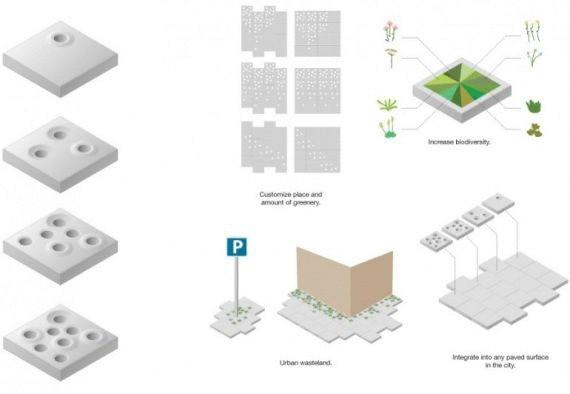
Easy to use and scalable urban ecological concept allows you to integrate green plants into a gray urban landscapes with minimum costs. Potentially, any urban wasteland can quickly turn into a platform that is equally attractive for both people and for plants.
In addition to street paving slabs, the designer has developed a handy tool for landscaping of urban apartments. "Grow" (grow) — this is an unusual flower pot. It can be grown at home any grass or vegetables, if you have the desire and perseverance to make the apartment a real winter garden.
The singularity of the pot lies in its design. Plants indoors are usually experiencing the lack of light, especially in the Northern cities. Order to collect the maximum amount of sunlight and direct them to a plant pot fitted with a white diffuser.
Reflected from the diffuser surface, the sunlight falls on the plant, which in this case gets as incident rays and reflected the smooth white surface. On a Sunny summer day to protect the germ from excess radiation, you can simply turn the pot the other party to the window. The diffuser in this case turns into a protective screen.
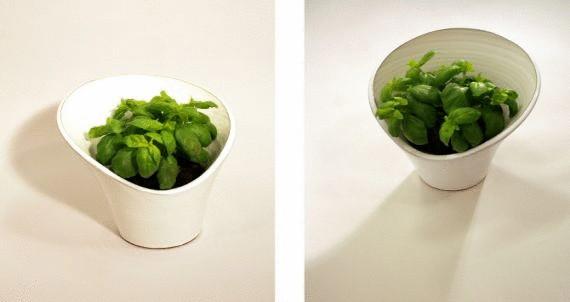
Source: /users/104
Perhaps they will come sooner or later. Citizens are not such bad people, they love plants and are willing to give them a chance for survival. We prefer to live in cities because it's more convenient. But almost all of us are drawn to nature, the wide expanses of fields, in the impenetrable thickets of the forests, on the banks of rivers, lakes and seas.

All the diversity of nature for citizens in the daily life's hectic demands of the scale of urban parks, squares and lawns. The concept of Swedish designer Caroline brown (Caroline Brahme) "Grey to Green" (grey to green) will help bring more natural greenery in bleak urban views.
The idea of "Grey to Green" is very simple. In fact this is the normal paving slabs with holes. Holes can be filled suitable for green soil that will allow the planting low-maintenance plants.
Plants have long been demanding the release itself a bit of space covered with asphalt and concrete. Any gap between the paving tiles over time, grows stunted grass, filtering out contrary to the decisions of mayors. The old asphalt track cracks formed under the pressure of weak sprouts, seeking to sunlight.
In terms of the relationship between the citizens and plants the concept of "Grey to Green" can be compared to a truce on the battlefield, which allows opponents to relax, freshen up and ponder over what to do in the near future.
Carolina brown has developed several versions of their boards with a different number and shape of holes. The practical use of the "Grey to Green" does not require much investment and rebuilding. If you choose the appropriate plants and care for them would be minimal.

Easy to use and scalable urban ecological concept allows you to integrate green plants into a gray urban landscapes with minimum costs. Potentially, any urban wasteland can quickly turn into a platform that is equally attractive for both people and for plants.
In addition to street paving slabs, the designer has developed a handy tool for landscaping of urban apartments. "Grow" (grow) — this is an unusual flower pot. It can be grown at home any grass or vegetables, if you have the desire and perseverance to make the apartment a real winter garden.
The singularity of the pot lies in its design. Plants indoors are usually experiencing the lack of light, especially in the Northern cities. Order to collect the maximum amount of sunlight and direct them to a plant pot fitted with a white diffuser.
Reflected from the diffuser surface, the sunlight falls on the plant, which in this case gets as incident rays and reflected the smooth white surface. On a Sunny summer day to protect the germ from excess radiation, you can simply turn the pot the other party to the window. The diffuser in this case turns into a protective screen.

Source: /users/104



